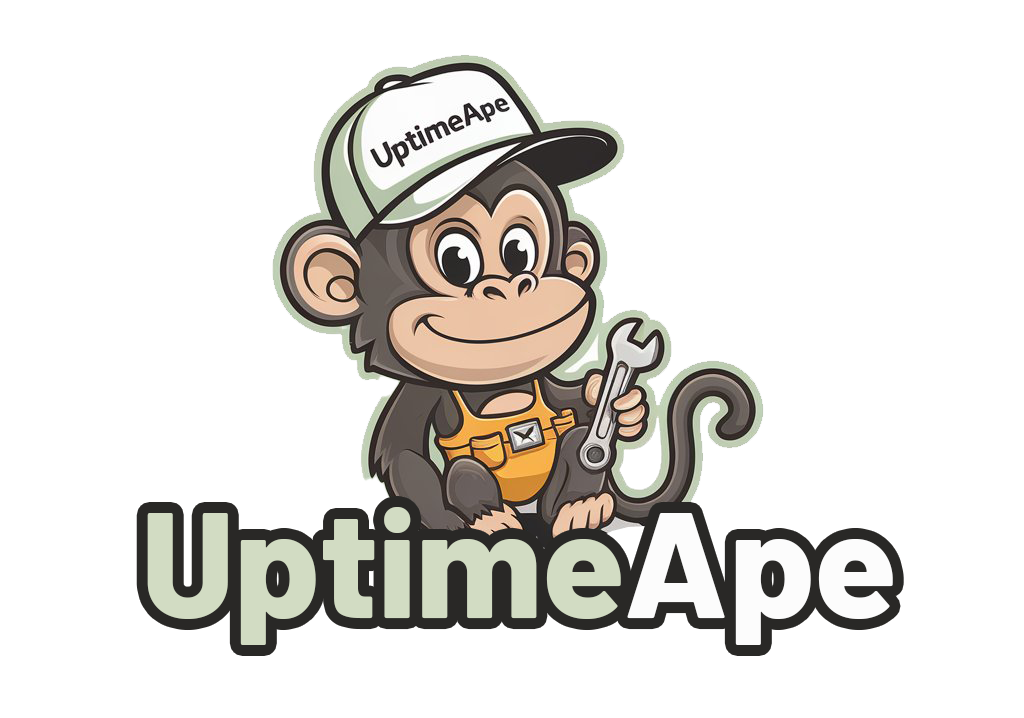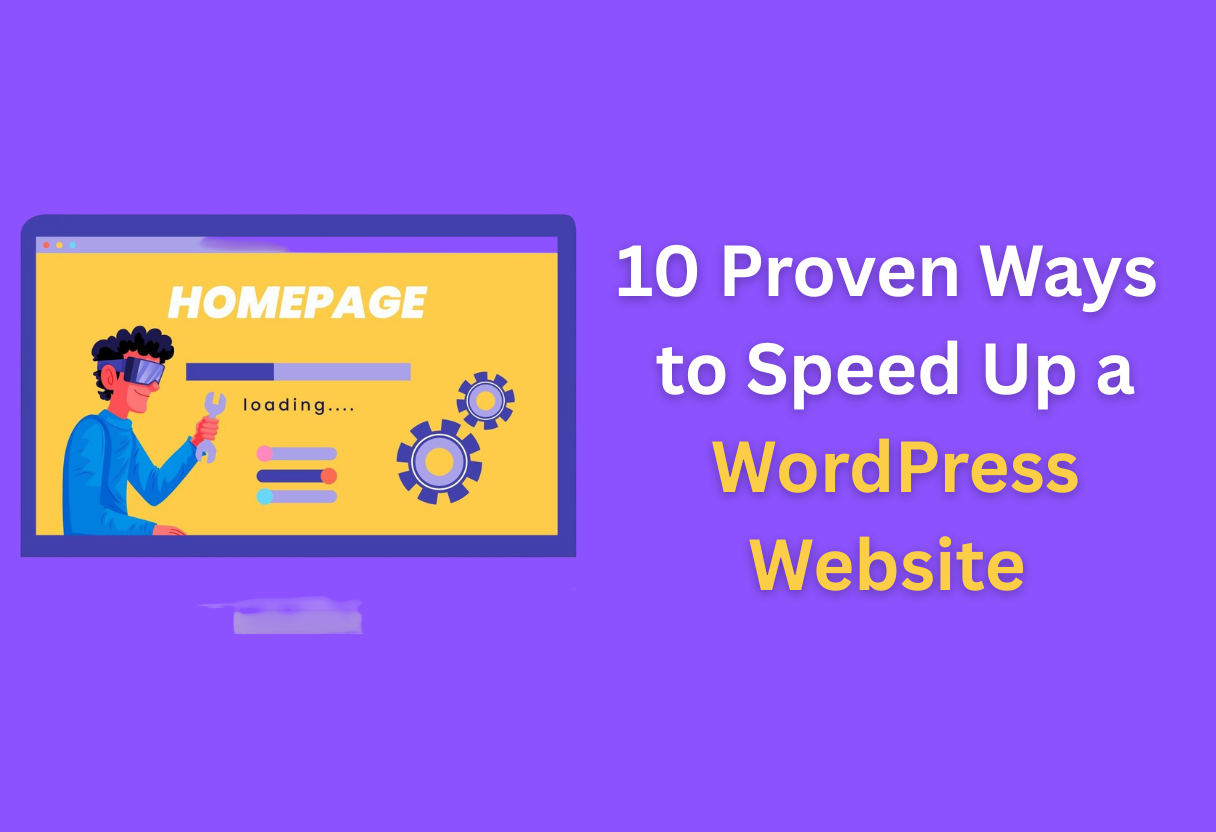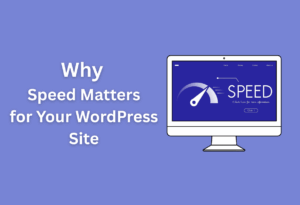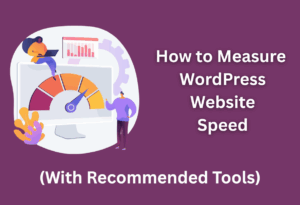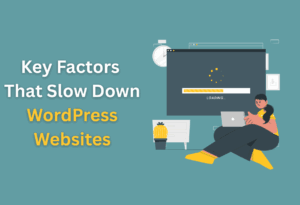There’s no doubt that a fast-loading website enhances user experience and improves your search engine rankings. If you’re looking to boost the speed of your WordPress site, you’re in the right place. In this post, we’ll explore ten proven methods that can significantly reduce loading times and optimize your website’s performance. Whether you’re a seasoned developer or a beginner, these actionable tips will help you achieve a faster, more efficient site, ultimately keeping your visitors happy and engaged.
Optimize Images
Before entering into website optimization, one of the most significant factors that can impact your WordPress website’s speed is the image loading time. Large images can drastically slow down your site’s performance, which is why optimizing them is vital. By compressing image files and using appropriate formats, you can enhance your website’s speed and user experience.
Compress image files
You’ll want to ensure that your images are as lightweight as possible to improve load times. Using compression tools can help reduce the file size without sacrificing quality. Popular plugins, like Smush or ShortPixel, can automate this process, enabling you to focus on other aspects of your site while keeping images optimized.
Use appropriate formats
Some image formats are more efficient than others, depending on your needs. JPEG is generally best for photographs due to its balance of quality and size, while PNG works well for images with transparency or sharp edges. By selecting the appropriate format, you can maximize quality without unnecessarily increasing file size.
Files like GIFs can also be useful for simple animations but may not be ideal for larger images, as they can take up more space than necessary. Experimenting with various formats will help you find the optimal choices for your specific images, ultimately speeding up your website while maintaining visual appeal.
Enable Caching
Any WordPress website can benefit significantly from caching, which is a method for storing frequently accessed data temporarily. This approach reduces load times and enhances the overall performance of your site, leading to a better user experience and improved search engine rankings.
Use caching plugins
For optimal performance, you should consider using caching plugins such as W3 Total Cache or WP Super Cache. These plugins generate static HTML files from your dynamic WordPress site, allowing visitors to load your web pages more quickly without repeatedly querying the server.
Browser caching settings
Even small tweaks to browser caching settings can have a big impact on load times. By specifying how long browsers should keep static resources, you can ensure that returning visitors experience faster load speeds, as their browsers will use cached versions of your files instead of fetching them anew.
Settings like ‘Cache-Control’ and ‘Expires’ headers can control how long browsers store files such as images, stylesheets, and JavaScript. By configuring these settings effectively, you enable browsers to cache these resources for a specific duration, which vastly improves loading times for repeat visitors and reduces server requests. This makes your site faster and enhances the overall user experience.
Minify CSS and JS
You can significantly speed up your WordPress website by minifying your CSS and JavaScript files. This process involves removing unnecessary characters and combining files to streamline the code, leading to faster load times. By minimizing file sizes, you enhance your site’s performance and improve user experience, which can positively impact your search engine ranking.
Remove unnecessary characters
The process of minifying involves stripping out spaces, comments, and other non-crucial characters from your CSS and JavaScript files. This helps to reduce the overall size of the files without affecting their functionality. Utilizing tools or plugins that automate this process can save you time and help ensure that your code remains efficient.
Combine files for efficiency
Remove multiple CSS and JS files and combine them into fewer files to enhance loading speed. This limits the number of HTTP requests your server must process, as the browser has to fetch fewer files. Fewer requests lead to quicker loading times, benefiting your users considerably.
Plus, consolidating your files allows you to manage your code more easily and can minimize potential errors. This makes it simpler to make updates or modifications when necessary. Make sure to test your website after combining files to ensure everything works smoothly without any issues.
Use a CDN
After implementing various optimization techniques for your WordPress website, consider using a Content Delivery Network (CDN) to further enhance its performance. A CDN distributes your site’s content across multiple servers located in various regions, allowing users to access the nearest server for faster page loads. This can significantly improve the user experience and reduce bounce rates.
Distribute content globally
While you may host your website on a single server, a CDN ensures that copies of your content are distributed across the globe. This way, your visitors can receive data from the nearest location, reducing latency and allowing for a quicker connection. Whether your audience is local or international, a CDN extends your reach and improves access times worldwide.
Reduce load times
Load times directly impact user satisfaction and retention, making it vital to optimize your site for speed. With a CDN, you’ll significantly reduce load times by serving static assets, like images and scripts, from edge servers that are physically closer to your users. This geographical advantage helps in delivering your content more efficiently.
A CDN effectively minimizes the distance data must travel, streamlining the process of loading your website. By caching your site’s files across multiple servers, visitors can access copies stored nearer to them, thus speeding up the delivery of your content. Additionally, CDNs often use techniques such as file compression and dynamic content acceleration to further enhance performance, ensuring that your pages load quickly and efficiently, no matter where your visitors are located.
Limit Plugins
Your WordPress website’s performance can often be hindered by the number of plugins you use. While plugins add functionality and features, each one can slow down your site. Limiting the number of plugins is important for optimizing speed and ensuring a seamless user experience. Let’s explore how you can effectively manage your plugins.
Deactivate unused plugins
One of the first steps in speeding up your WordPress site is to deactivate any unused plugins. Regularly review your plugin list and disable those that are outdated or no longer serve a purpose. Every active plugin consumes resources, so deactivating unnecessary ones can significantly enhance your site’s loading speed.
Choose important ones only
Choose only the plugins that are absolutely necessary for your website’s functionality. It’s important to evaluate the features you genuinely need and remove any extras. High-quality plugins can be a great asset, but an excess of plugins, even if they seem minor, can collectively slow your site down.
Limit your plugins to those that enhance your site’s performance, security, and user engagement. Assess the utility of each plugin before installation and opt for those that combine multiple functionalities. This way, you not only maintain a lean plugin architecture but also improve your site’s overall speed and efficiency.
Choose a Fast Theme
Once again, your choice of theme can significantly impact the performance of your WordPress website. Opting for a fast-loading theme can lead to a better user experience and improved SEO rankings. A theme tailored for speed will enhance your site’s responsiveness and ensure that your visitors don’t leave out of frustration due to slow loading times.
Lightweight and responsive
The best themes are both lightweight and responsive. A lightweight theme minimizes the amount of code, leading to faster load times, while a responsive design ensures that your website looks great on all devices. This combination offers a seamless experience for your users, regardless of how they access your site.
Avoid bloated themes
Avoid themes that are laden with features you don’t need. Bloated themes often come packed with plugins and functionalities that can slow down your website. They increase the loading time, driving potential visitors away. Instead, aim for a streamlined theme that focuses on the importants.
Fast performance should be a top priority when choosing a WordPress theme. Often, themes that boast numerous customizable features and built-in functionalities can become heavy, resulting in slower loading speeds. Identify themes that allow you to add features as needed through lightweight plugins instead of starting with an already bloated design. Prioritizing a minimalistic approach in your theme selection can save you time and improve your site’s speed in the long run.
Optimize Database
To enhance your WordPress website’s performance, optimizing your database is imperative. A well-maintained database can dramatically improve your site’s speed and efficiency. By regularly cleaning up and using optimization plugins, you can ensure that your database remains lean and effective.
Regularly clean up
You should periodically clean up your database to remove unnecessary data, such as post revisions, spam comments, and transients. This will not only free up storage space but also help your website run more smoothly. A clean database reduces the overhead and improves the speed of your queries, leading to a faster website experience.
Use optimization plugins
While there are many manual ways to optimize your database, leveraging optimization plugins can save you time and effort. These tools automate the cleaning process and often include features to compress and optimize tables, ensuring that your database is as efficient as possible.
Plus, many of these plugins offer user-friendly interfaces, making it easy for you to set up automatic clean-ups and optimizations on a regular schedule. This hands-off approach allows you to focus on creating content while ensuring that your database remains optimized for peak performance.
Implement Lazy Loading
Keep your WordPress website fast and efficient by implementing lazy loading. This technique delays the loading of images and videos until they are in the viewport, significantly improving page load times and enhancing user experience. Lazy loading not only minimizes initial data transfer but also reduces the workload on your server, making it a valuable strategy for enhancing performance.
Delay images loading
Delay images loading by ensuring that only the images that are visible in the viewport are loaded initially. This way, your website does not overwhelm visitors with unnecessary data, allowing for quicker access to the content that truly matters. By deferring the loading of off-screen images, you can enhance the first-time user experience significantly.
Only load visible content
One effective strategy is to only load visible content, which means implementing lazy loading for any media or components that are not immediately viewable upon page load. By doing this, you streamline the loading process and prioritize the elements your visitors need to see first. Implement lazy loading plugins or built-in features to automatically manage off-screen images, ensuring that your website remains snappy and engaging, even for users with slower internet connections.
Upgrade Hosting Plan
All website owners know that a sluggish site can lead to frustrated visitors and lost revenue. Upgrading your hosting plan is an effective way to boost performance, ensuring your WordPress site runs smoothly under varying traffic loads. By investing in a hosting solution that meets your growing needs, you can dramatically enhance your website speed and user experience.
Invest in quality hosting
Clearly, investing in quality hosting is one of the best decisions you can make for your WordPress website. Cheaper hosting options often come with shared resources, which can slow down your site. Opting for a premium hosting provider that offers faster servers, optimized WordPress environments, and strong support can make a significant difference in your site’s loading times.
Consider managed WordPress
For those who want an effortless experience while maximizing efficiency, considering managed WordPress hosting is a wise choice. This specialized hosting service offers optimized environments tailored specifically for WordPress, including features like automatic updates, enhanced security, and expert support. This means you can focus on your content and business while leaving the technical aspects to the professionals.
With managed WordPress hosting, you also benefit from performance enhancements such as caching and CDN integration, which are often included in the package. Scalability is another advantage, as these providers can easily accommodate traffic spikes, ensuring your site remains fast even during peak times. Ultimately, opting for managed WordPress hosting can save you time and enhance your website’s performance, driving better results for your online presence.
To wrap up
Summing up, enhancing your WordPress website’s speed is imperative for improving user experience and boosting your site’s performance. By implementing the 10 proven techniques discussed, such as optimizing images, leveraging browser caching, and choosing a quality hosting provider, you can significantly reduce loading times. Regularly monitoring your site’s speed will help you identify any issues early on, ensuring that your visitors enjoy a seamless browsing experience. Take these steps to make a lasting impact on your website’s speed and overall success.
